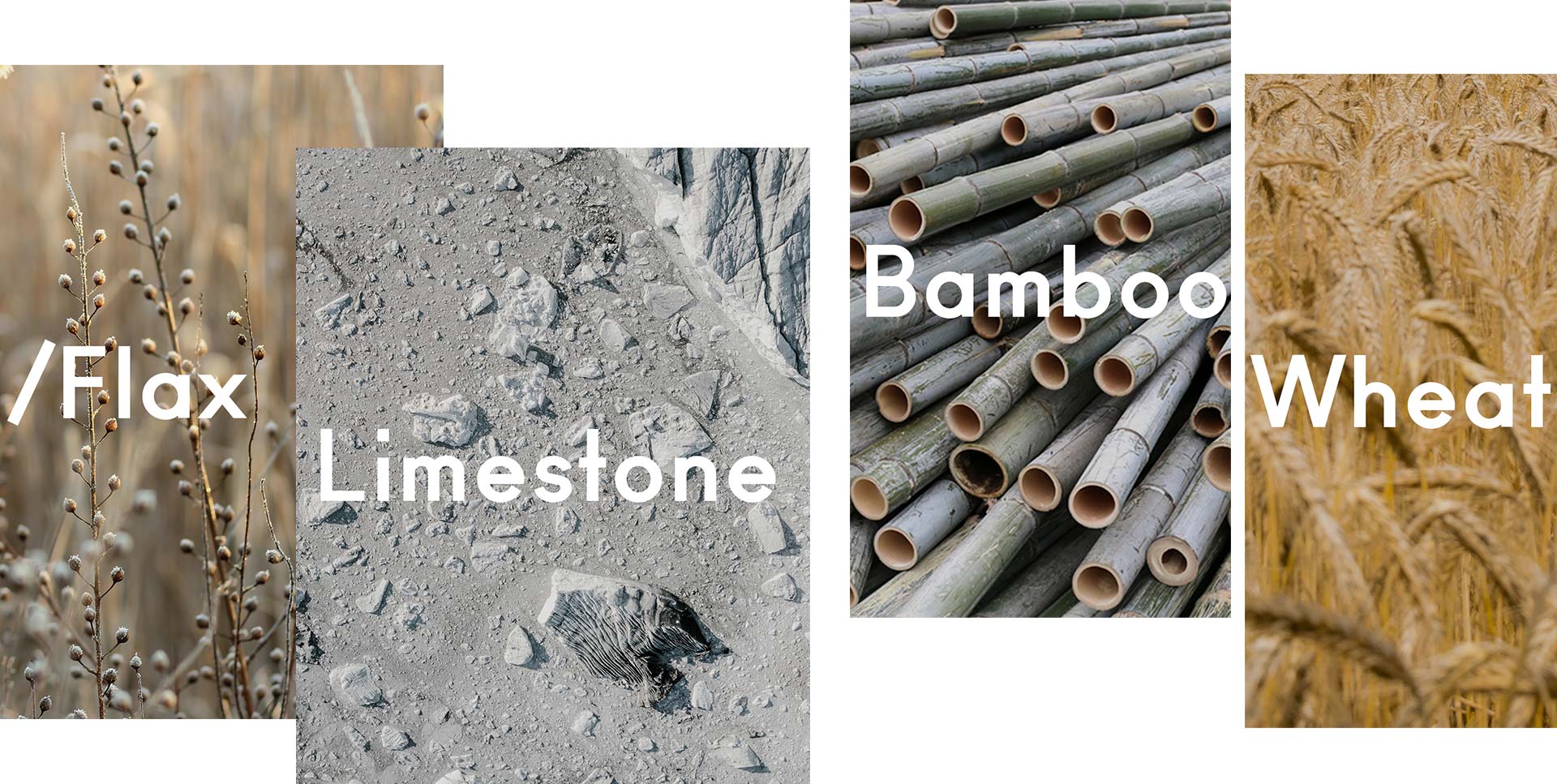In the colourful tapestry of modern textiles, one fabric stands out as a true chameleon – polyester. Its versatility and affordability have made it a household name, adorning our clothes, furnishings, and even our everyday essentials. But as we delve deeper into the world of this synthetic wonder, we uncover a complex tale of triumphs and controversies. In this blog, we embark on a journey to explore the essence of polyester, understanding its defining characteristics, widespread applications, and the profound impact it has on the environment. Join us as we weave through the intricate story of polyester, from its humble beginnings to the complex relationship it shares with our planet.
What is Polyester?

Polyester is a synthetic polymer belonging to the polyester family of polymers, characterised by its unique molecular structure. It is formed through the condensation reaction between dicarboxylic acids and diols, resulting in a long-chain polymer with ester functional groups. The word "polyester" is a combination of "poly," meaning many, and "ester," referring to the functional group in the polymer chain.
Historical Background
The development of polyester can be traced back to the 20th century when the need for a durable and versatile synthetic fabric arose. In the early 1930s, British scientists J.T. Dickson and J.R. Whinfield first synthesised the precursor of polyester known as polyethylene terephthalate (PET). However, it was not until the 1940s when American chemists John Rex Whinfield and James Tennant Dickson improved the polyester's manufacturing process, making it commercially viable.
Polyester's popularity soared during the 1950s and 1960s as advancements in technology and manufacturing processes led to its widespread use in the textile industry. The fabric quickly gained recognition for its excellent properties, such as high tensile strength, resistance to wrinkles, and ease of dyeing. The demand for polyester surged in the fashion industry, as it offered a more affordable and accessible alternative to natural fibres like cotton and silk.
Over the years, polyester's applications expanded beyond textiles. Its versatility and durability made it an ideal material for packaging, plastics, construction materials, and various industrial uses. However, as polyester's popularity grew, so did concerns about its impact on the environment, leading to discussions about its negative aspects and the need for sustainable alternatives.
Characteristics of Polyester
Synthetic Polymer Composition: Polyester is a synthetic polymer made through the combination of dicarboxylic acids and diols. This molecular structure gives polyester its unique properties, making it a long-chain polymer with ester functional groups.
- Strength and Durability: One of the key advantages of polyester is its exceptional strength and durability. It exhibits high tensile strength, meaning it can withstand considerable pulling force without breaking or stretching excessively. This robust nature makes polyester ideal for various applications, especially in products that require long-lasting performance.
- Resilience to Moisture and Wrinkling: Polyester's resistance to moisture absorption sets it apart from natural fibres like cotton. Unlike cotton, which tends to retain moisture, polyester fibres remain relatively dry, making it less prone to sagging or losing its shape when exposed to moisture. Additionally, polyester is known for its wrinkle-resistant properties, making it a popular choice for clothing and home furnishings.
- Versatility in Textiles: Polyester's versatility in the textile industry is unmatched. It can be woven, knitted, or blended with other fibres, creating a wide range of fabrics suitable for different purposes. Polyester blends well with natural fibres like cotton, enhancing the fabric's strength and durability while maintaining breathability and comfort. This adaptability has propelled polyester to become a staple fabric in the fashion world, gracing everything from casual wear to high-performance activewear.
- Colour Retention and Dyeing Capabilities: Polyester's ability to retain colour makes it a favourite among designers and consumers alike. It holds dye well, resulting in vibrant, long-lasting colours that resist fading even after numerous washes. This feature is particularly valuable in the textile industry, where colorfastness is a desirable quality in clothing and home textiles.
- Lightweight and Quick Drying: Polyester is notably lightweight, adding to the comfort of clothing and other products. Moreover, its low moisture absorption rate allows it to dry quickly, making it an excellent choice for outdoor and sports apparel, as it keeps the wearer dry and comfortable during physical activities.
Applications of Polyester
Polyester's remarkable properties have led to its widespread adoption across various industries, making it an essential component in numerous products. Let's explore the diverse applications of polyester:
Textile Industry
- Clothing and Fashion: Polyester has revolutionised the fashion industry with its versatility, durability, and affordability. It is a popular choice for clothing items such as shirts, dresses, skirts, trousers, and activewear. Polyester fabrics offer a wide range of textures and finishes, from soft and smooth to crisp and textured, catering to diverse fashion preferences.
- Home Furnishings: In the realm of home furnishings, polyester plays a significant role. It is extensively used for making curtains, draperies, upholstery, bed linens, and decorative pillows. Polyester's resistance to wrinkles and moisture makes it an excellent choice for household textiles that require easy maintenance and long-lasting appeal.
Packaging and Plastics

- Bottles and Containers: Polyester, particularly in the form of polyethylene terephthalate (PET), is widely used in the packaging industry for producing bottles and containers for beverages, food, and personal care products. PET bottles are preferred for their lightweight, shatter-resistant nature, and recyclability. However, considering the growing concerns about plastic waste and its environmental impact, the question arises: "Could we just get rid of all plastic packaging?" While it's an appealing idea, it's essential to balance the benefits of plastic packaging, such as preserving product freshness and reducing transportation weight, with the need to minimize its negative effects on the environment.
- Films and Wraps: Polyester films, known for their high tensile strength and transparency, are used in various applications, including food packaging, industrial laminates, and electrical insulation. Additionally, polyester wraps are employed in the packaging of gift items and flowers due to their attractive appearance and versatility.
Construction and Insulation Materials
Polyester finds application in the construction industry, where it is used for various purposes, including:- Insulation: Polyester fibres are employed as a component in thermal and acoustic insulation materials for buildings, contributing to energy efficiency and reducing noise pollution.
- Geotextiles: These are permeable fabrics made from polyester fibres, used in soil stabilisation, erosion control, and drainage systems in civil engineering projects.
Industrial Applications
- Conveyor Belts: In industrial settings, polyester-based conveyor belts offer exceptional strength, abrasion resistance, and stability. They are extensively used in manufacturing, mining, and logistics to transport goods efficiently.
- Engine Components: Polyester-based materials, such as reinforced thermoplastics, find application in the production of engine components. Their heat resistance, mechanical strength, and corrosion resistance make them suitable for automotive and aerospace industries.
Mobile Case Industry
Polyester's role in the mobile case industry has been pivotal in providing durable and stylish protection for our beloved smartphones. Mobile cases made from polyester offer a winning combination of strength, flexibility, and design possibilities. The inherent tensile strength of polyester ensures that the case can withstand everyday wear and tear, providing a shield against scratches and minor impacts. However, despite the many advantages of polyester in the mobile case industry, its contribution to the growing electronic waste (e-waste) remains a concern. With frequent upgrades and changes in smartphone models, the disposal of outdated mobile cases can lead to environmental challenges.
Environmental Impact of Polyester
Polyester's popularity and widespread use come with significant environmental implications. As we explore its impact on the planet, we uncover a complex web of challenges that demand urgent attention and sustainable solutions.
Production Process
- Raw Material Extraction: Polyester production begins with the extraction of raw materials, primarily petroleum and natural gas. Extracting fossil fuels for polyester production contributes to habitat destruction and can result in land and water pollution. Moreover, the extraction process is energy-intensive, further exacerbating the environmental impact.
- Energy Consumption: The manufacturing of polyester involves multiple energy-intensive stages, including polymerization, spinning, and fabric production. High energy consumption not only depletes finite resources but also leads to increased greenhouse gas emissions, contributing to climate change.
- Chemical Usage and Waste: Polyester production relies heavily on various chemicals, such as antimony trioxide and ethylene glycol, which can be hazardous to human health and the environment. Improper disposal of chemical waste can contaminate soil and water, posing risks to ecosystems and wildlife.
Pollution and Greenhouse Gas Emissions

- Microplastics: One of the most significant environmental concerns associated with polyester is the shedding of microplastic fibres during washing. Microplastics are tiny plastic particles that enter water bodies, threatening aquatic life and potentially entering the food chain. These microplastics can persist in the environment for years, posing long-term ecological risks.
- Carbon Footprint: The carbon footprint of polyester is substantial, encompassing emissions from raw material extraction, production, transportation, and eventual disposal. The release of greenhouse gases, particularly carbon dioxide (CO2), contributes to global warming and climate change.
Landfill and Recycling Challenges
- Polyester products, including clothing and other textiles, contribute significantly to the mounting problem of textile waste in landfills. Polyester's resistance to biodegradation means that discarded products can take decades or even centuries to break down, occupying valuable land and contributing to environmental degradation.
- Recycling polyester can be challenging due to the complexity of separating polyester from other materials in blended fabrics. While advancements in recycling technology are being made, a considerable amount of polyester still ends up in landfills, adding to the burden of waste management.
Impact on Marine Life
Polyester's role in the microplastic pollution crisis also affects marine life. Microplastics can be ingested by marine organisms, leading to internal injuries, disruption of feeding patterns, and potential bioaccumulation in the food chain. The impact on marine ecosystems and biodiversity is a growing concern as polyester continues to enter oceans and seas worldwide.
Contribution to Fast Fashion

Polyester's affordability and versatility have fueled the rise of fast fashion, a phenomenon characterised by rapid production and consumption of inexpensive clothing. Fast fashion encourages frequent purchases of trendy and short-lived clothing items, leading to a cycle of constant disposal and waste generation. As a consequence, landfills are burdened with discarded polyester garments, contributing to environmental degradation and resource depletion.
Disposable Culture and Overconsumption
Polyester's low cost and easy availability have inadvertently nurtured a disposable culture, where consumers tend to treat clothing as short-term commodities. Rapidly changing fashion trends and cheap polyester products often lead to overconsumption, straining resources and increasing the carbon footprint. This throwaway mentality perpetuates the environmental challenges posed by textile waste.
Health Concerns and Allergies
Some individuals may experience skin irritation or allergic reactions when wearing polyester clothing, as the fabric may not allow proper airflow, causing discomfort for sensitive skin. Additionally, the presence of chemical residues from the production process may pose health risks. While advancements in polyester manufacturing have addressed some of these issues, awareness of potential health concerns is essential for consumers.
Disposal and Long-term Environmental Persistence
Polyester's resistance to biodegradation means that discarded items can linger in the environment for an extended period, contributing to the problem of plastic pollution. The slow degradation process and the shedding of microplastic fibres during washing can lead to harmful consequences for ecosystems and wildlife. As polyester continues to accumulate in landfills and natural environments, its persistence exacerbates environmental challenges and calls for more sustainable waste management solutions.
Conclusion: Embracing eco friendly alternatives for a Sustainable Tomorrow

Polyester, a versatile fabric of modernity, has dressed us and our belongings with style and strength. Yet, its convenience comes with environmental concerns we must address. From fast fashion's fleeting trends to plastic pollution's lasting mark, polyester demands a mindful approach.
Let's spin a different tale – one of sustainability and responsible choices. Embrace durable fashion, recycle with care, and seek eco-friendly alternatives like recycled cotton or recycled polyester. Together, we can weave a greener future where polyester's threads harmonise with nature's fabric.



























